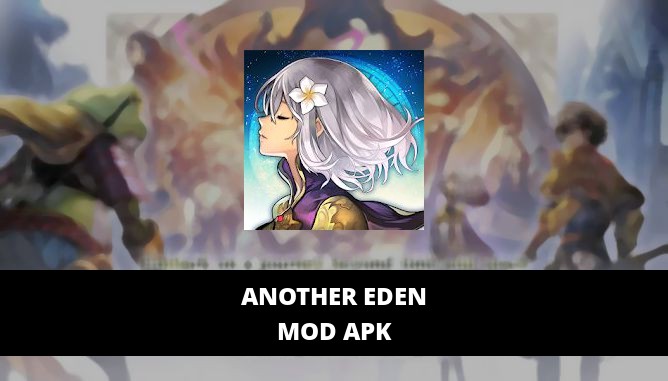

#Another eden chronos umbra crystals free#
Michele Barbi and Gianfranco Contini led a salutary reaction against the allegorical tendency Contini in particular strove to free the reading of the poems from the excessive biographical literalism that resulted in endless debates as to the identity or difference of the donna pietra and the donna gentile of the Vita nuova, the "pargoletta," and other real or imagined ladies referred to in Dante's poems. In the nineteenth and early twentieth centuries this embarrassment took the form of a tendency to interpret the poems allegorically the lady was most frequently identified as Philosophy, along the lines of Dante's allegories in the Convivio. The critical tradition has been puzzled by these poems and often embarrassed by their overt expression of sexual desire and violent feeling. After the often faltering sweetness of the Vita nuova and the excessive abstractness of the canzoni later to be collected in the Convivio (at least one of them can be dated 1294, "Voi che intendendo il terzo ciel movete", in the petrose we find a new power and an approach to poetic form that represents an important-we believe, the decisive-departure from his earlier poems. They celebrate Dante's frustrated love for an unnamed and unidentified lady who is compared in each of them to a stone: sometimes a precious stone because of her beauty and her power over him, sometimes an ordinary stone because of her coldness toward him. The so-called rime petrose are a group of four canzoni all written, as it seems, within a fairly short period of time-perhaps several months. The text of the petrose is reprinted from Le rime, edited by Gianfranco Contini (copyright 1946: Turin, Giulio Einaudi) the text of Book 2 of the De vulgari eloquentia from Opere minori, volume 2, edited by Pier We are grateful also to Anne Canright, Doris Kretschmer, and Rose Vekony, all of the University of California Press, for their technical expertise and their generous support. The staffs of the libraries of the University of Minnesota, the University of California at Berkeley, and the University of California at Santa Cruz have been unfailingly helpful, as have the staff of the Bibliothèque Nationale in Paris. The University of California at Santa Cruz has been generous with sabbatical leaves. Nancy Vine Durling has read the entire manuscript in all of its avatars, has caught many mistakes, and has made numerous helpful suggestions.
Discussion with the members of the 1988 Stanford Dante Institute helped to clarify a number of ideas. Robert McMahon's detailed criticisms of an entire early version were particularly helpful. We would like to thank especially Leonard Barkan, Harry Berger, Jr., Kenneth Durling, John Freccero, Rachel Jacoff, and David Quint.

Thus Durling is the main author of the Introduction, Chapters 1, 2, and 4, Appendices 1 and 4, and the Index Martinez of Chapters 3, 5, and 6, and Appendices 2 and 3.Ī number of people have read the manuscript, in part or in its entirety, at various stages of its evolution and have given us generous encouragement and helpful criticism. The chapters that make up the book may be more clearly assigned, since although we have made many suggestions to each other, we have done the writing separately. This mutual debt and blending of views has been, in fact, one of the great satisfactions of the project. Countless discussions and exchanges over the years have in many cases made it impossible to say that this or that idea came from one of us rather than the other.

As is characteristic of collaborations, the boundaries of each partner's contribution are difficult to establish. This volume is a collaborative effort, extending over a number of years. Martinez Time and the Crystal: Studies in Dante's Rime petrose. Berkeley: University of California Press, c1990 1990. Preferred Citation: Durling, Robert M., and Ronald L.


 0 kommentar(er)
0 kommentar(er)
